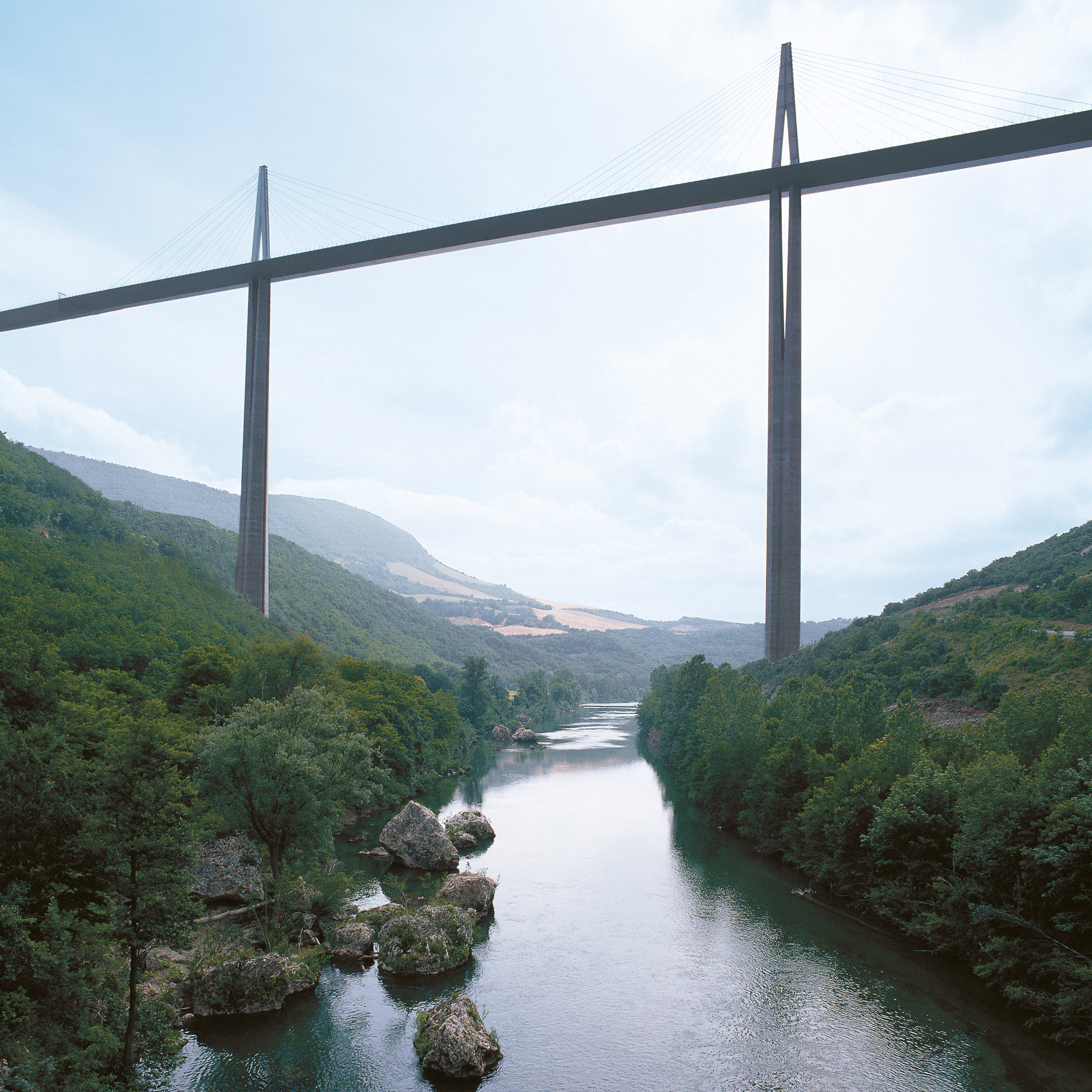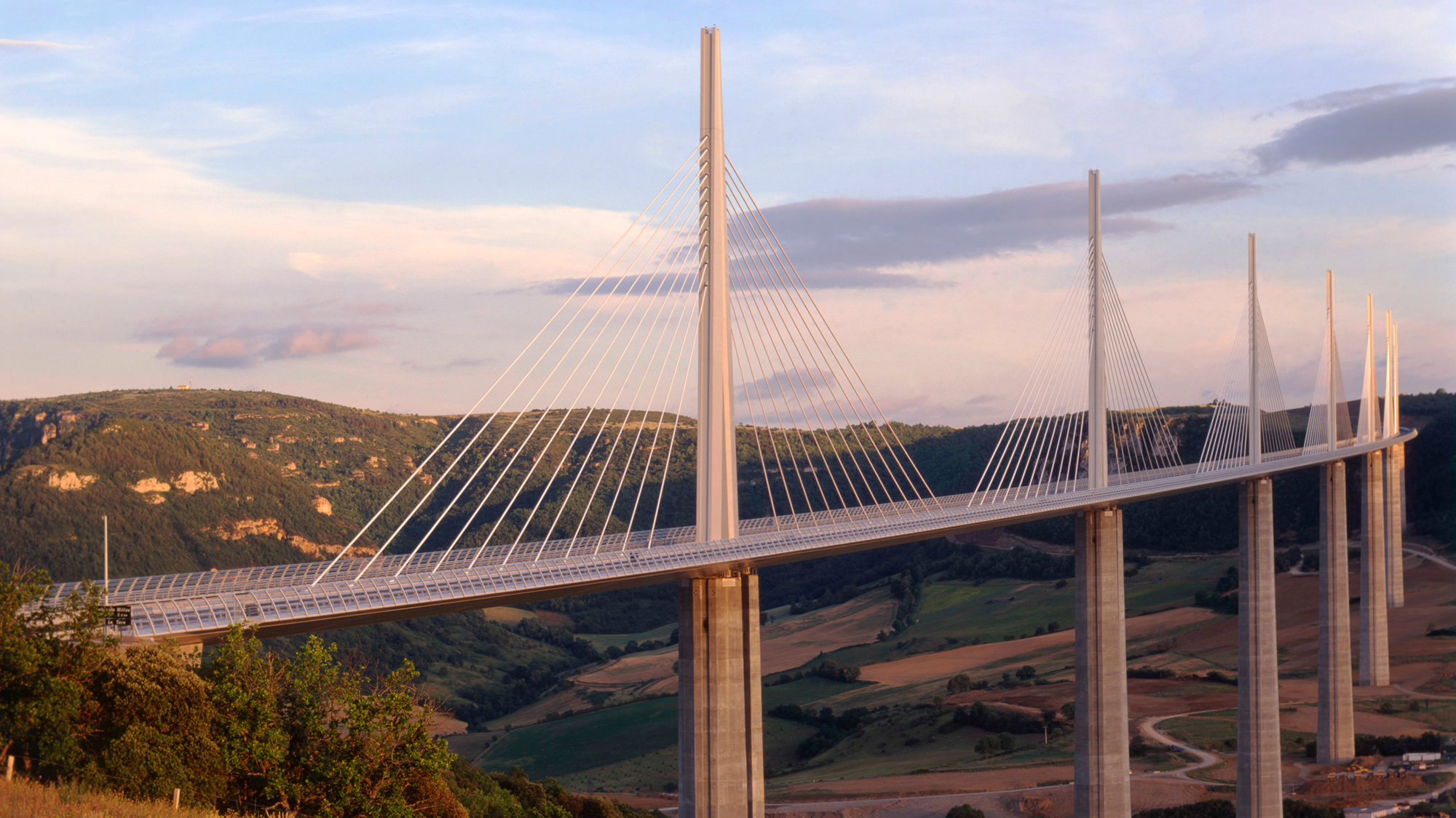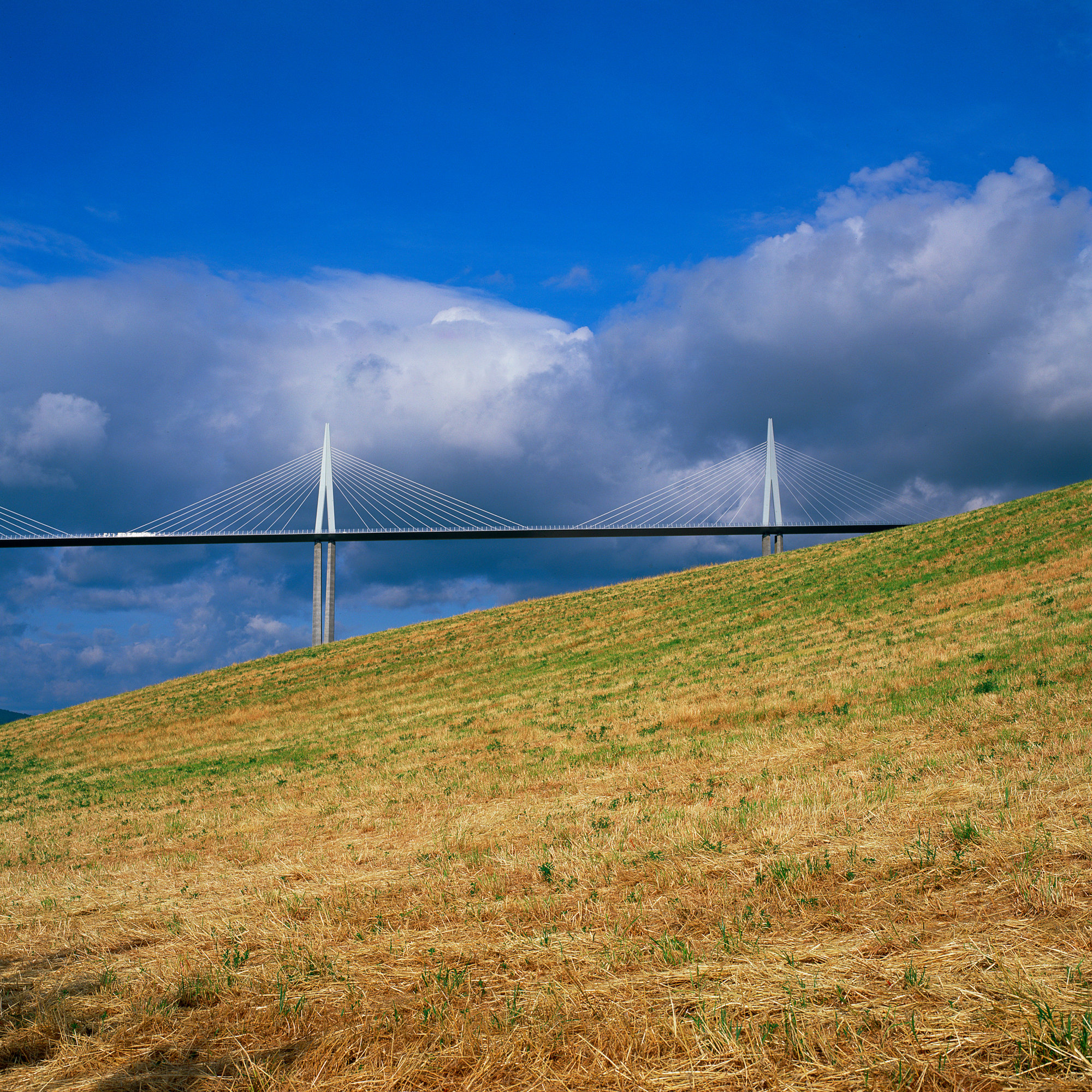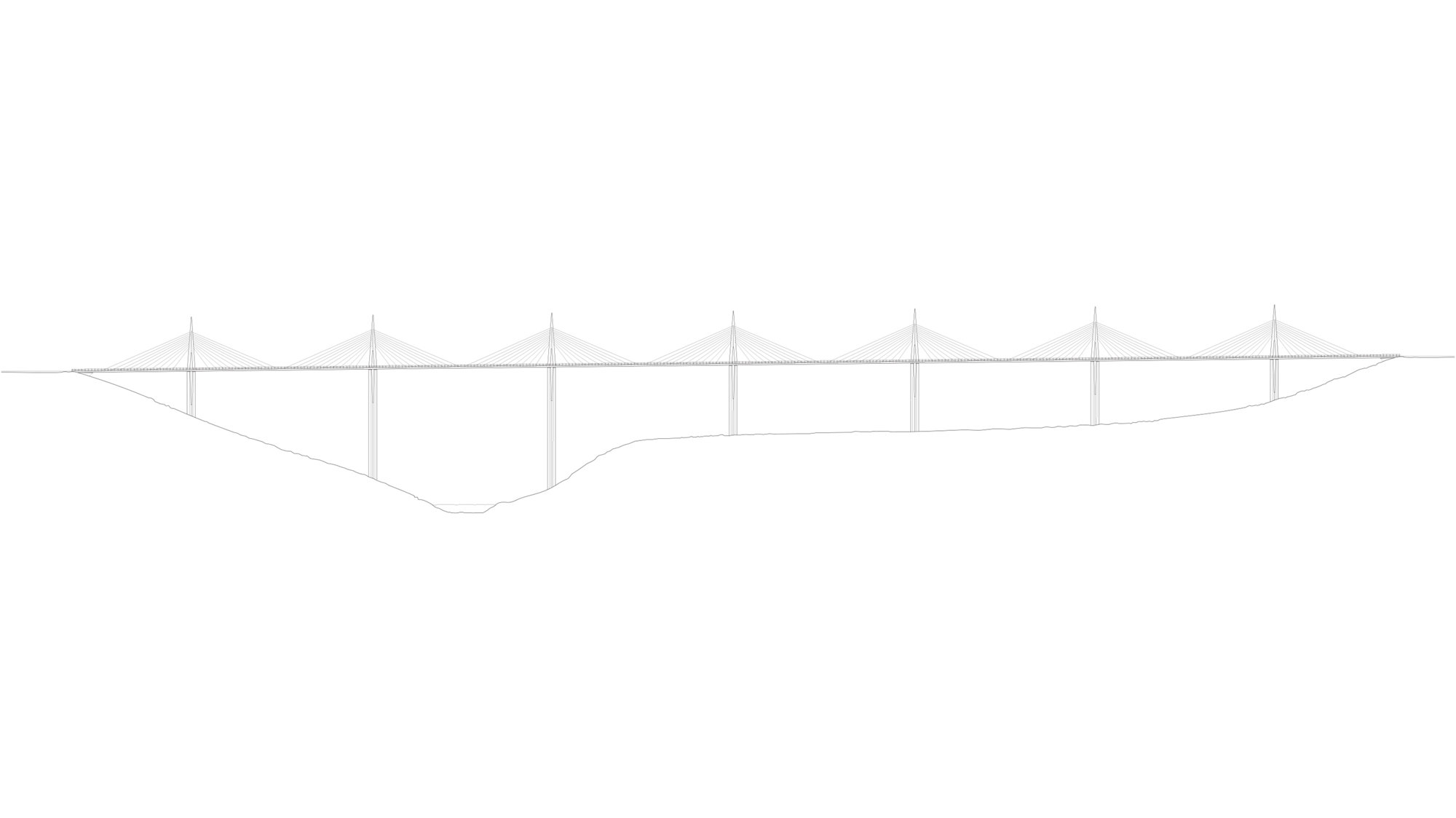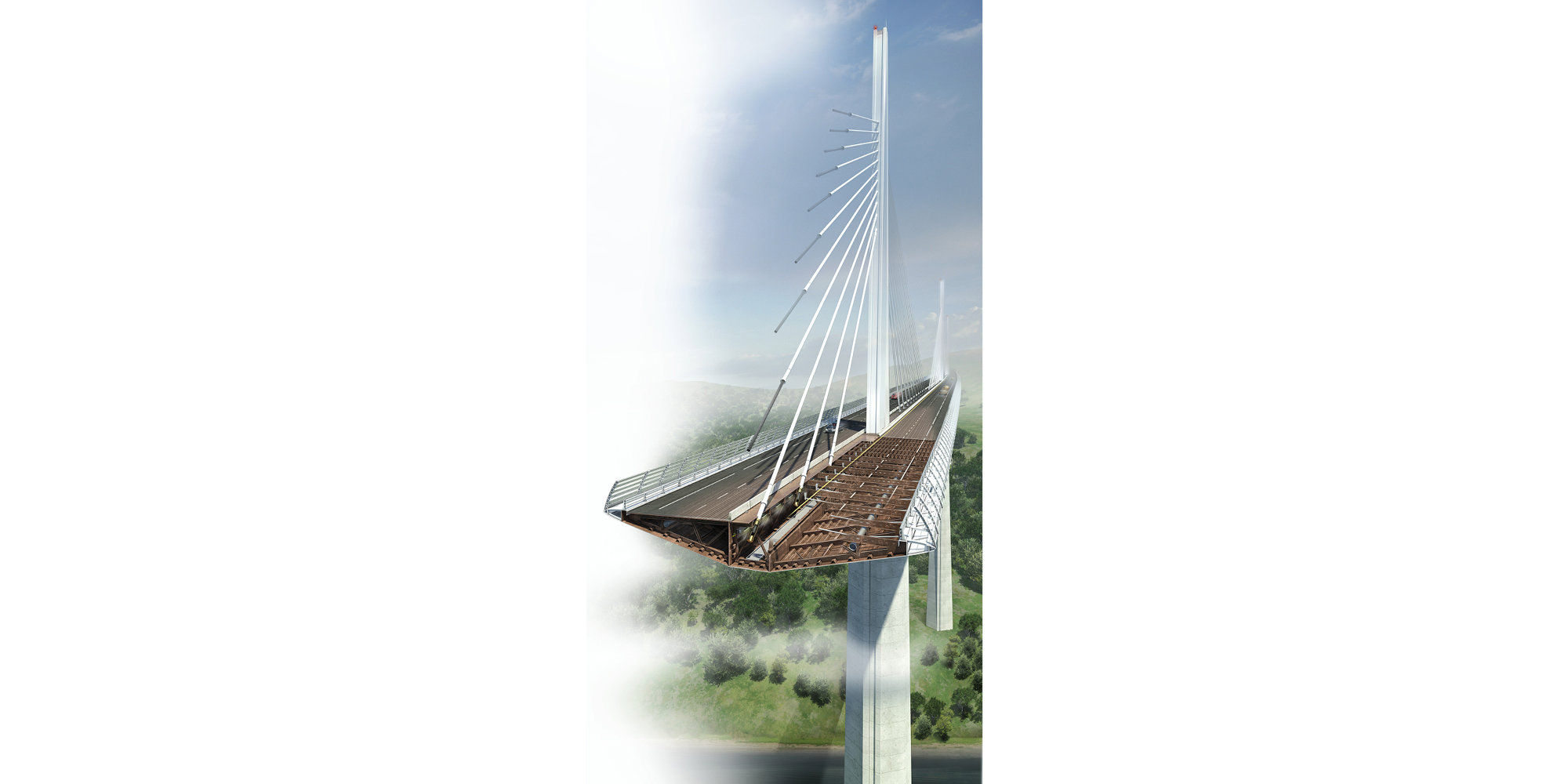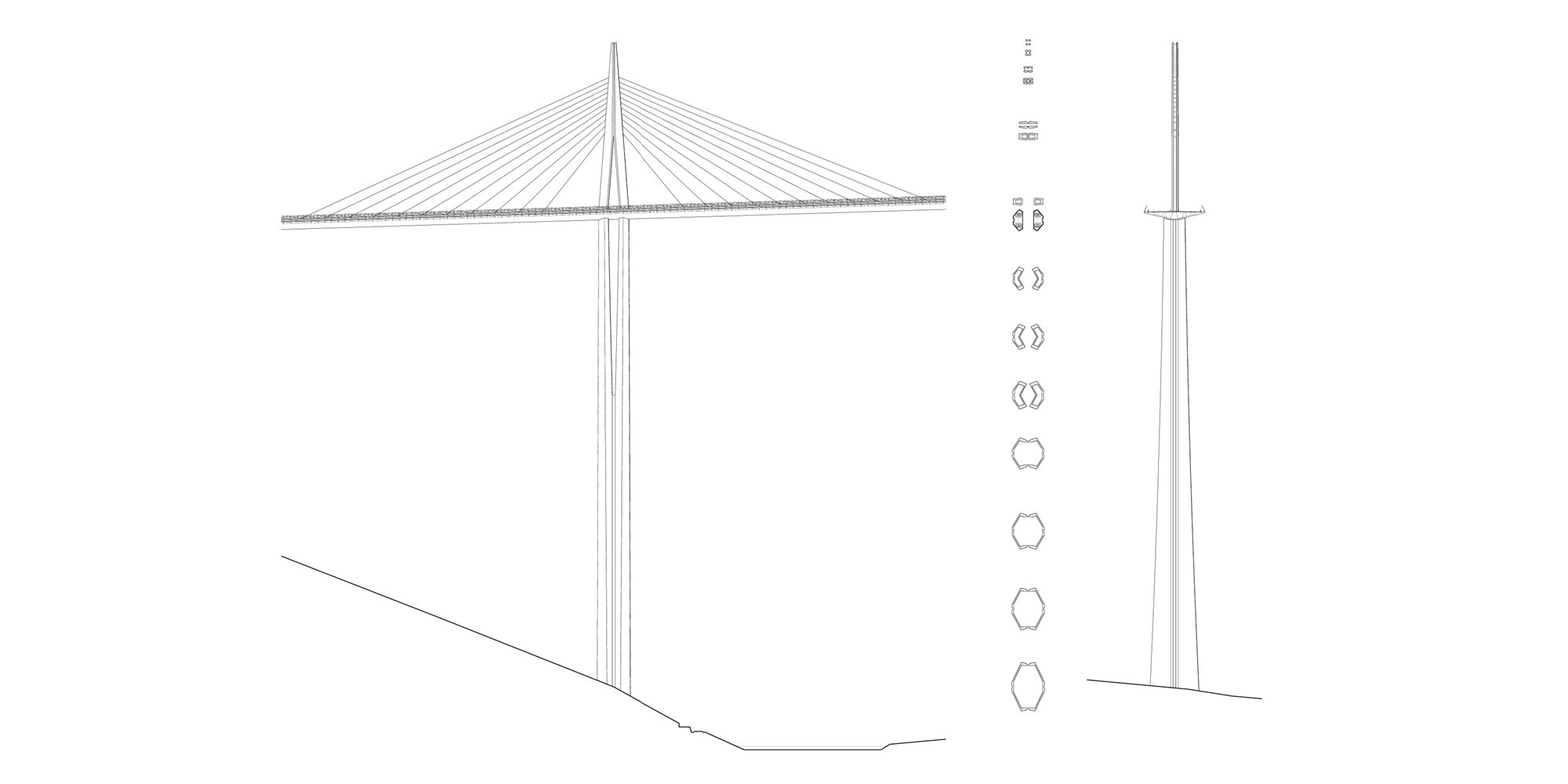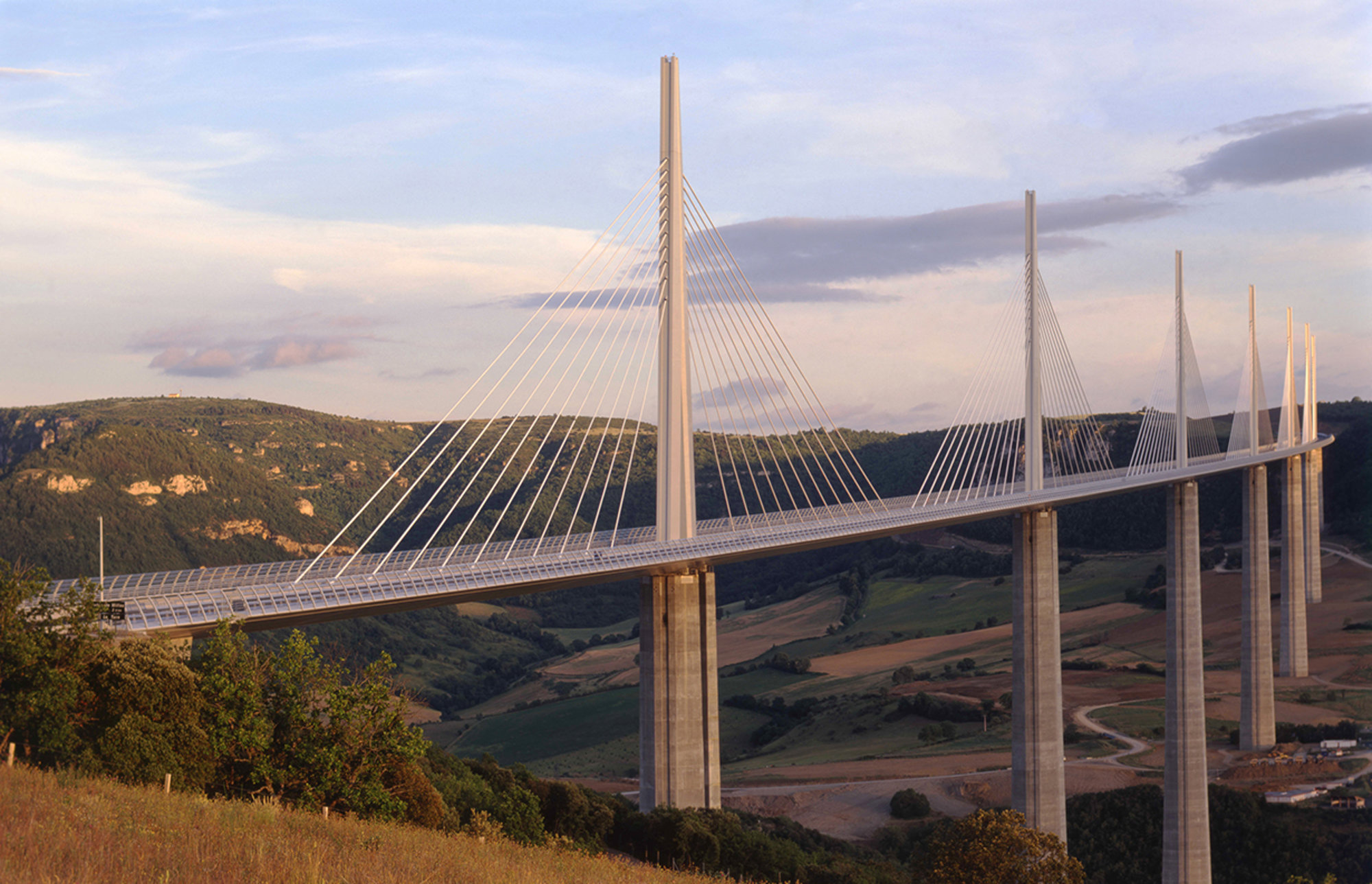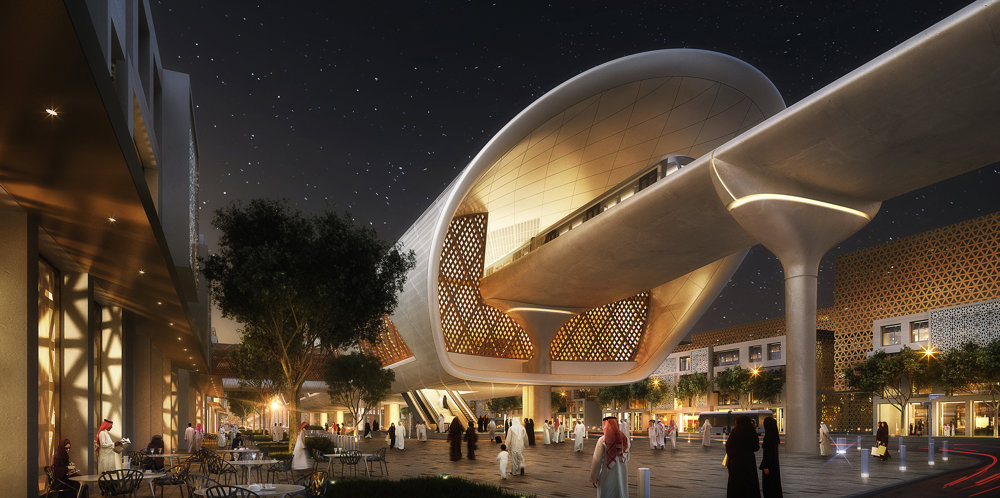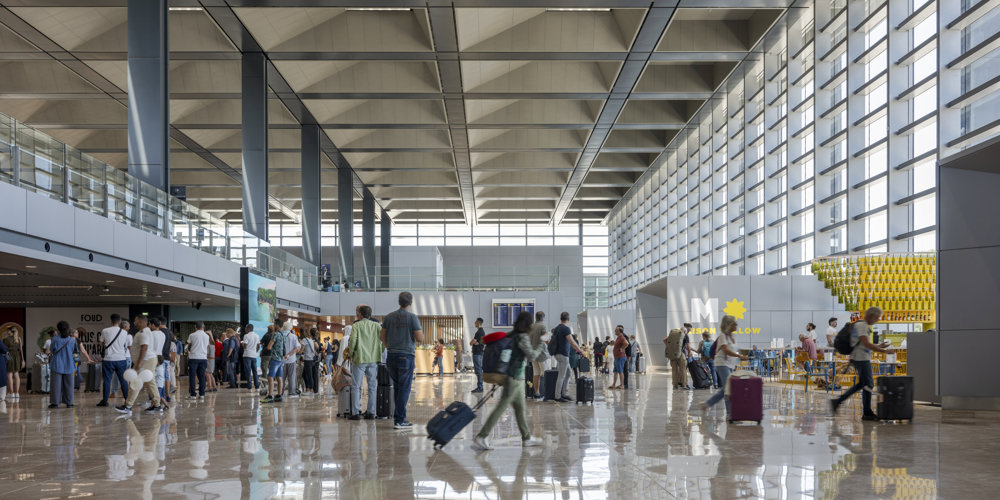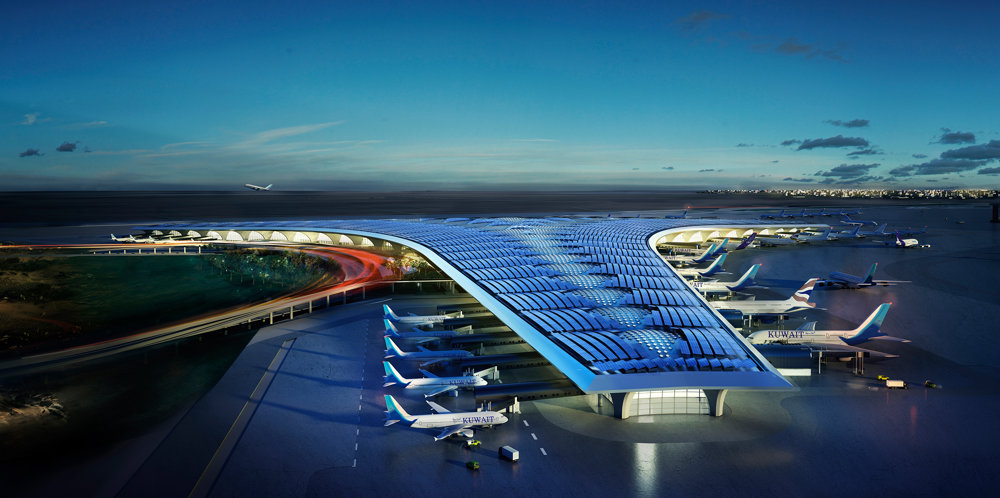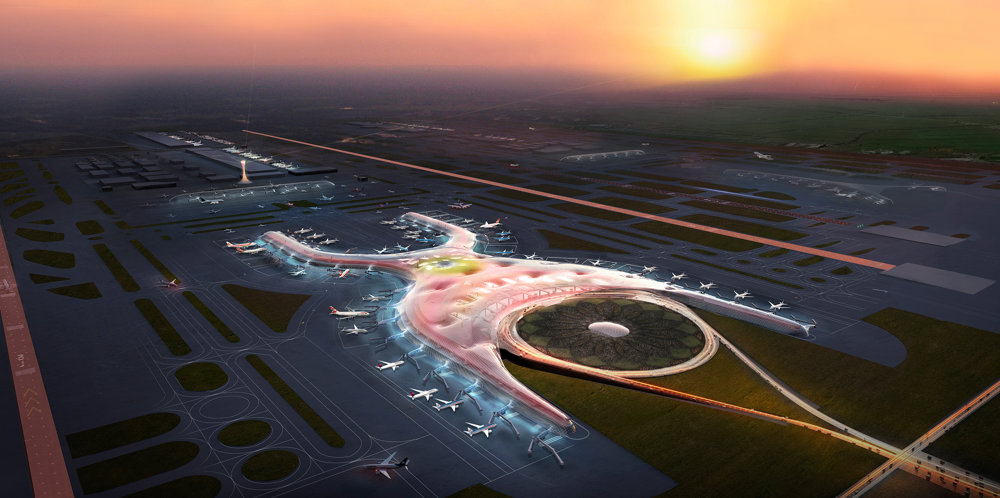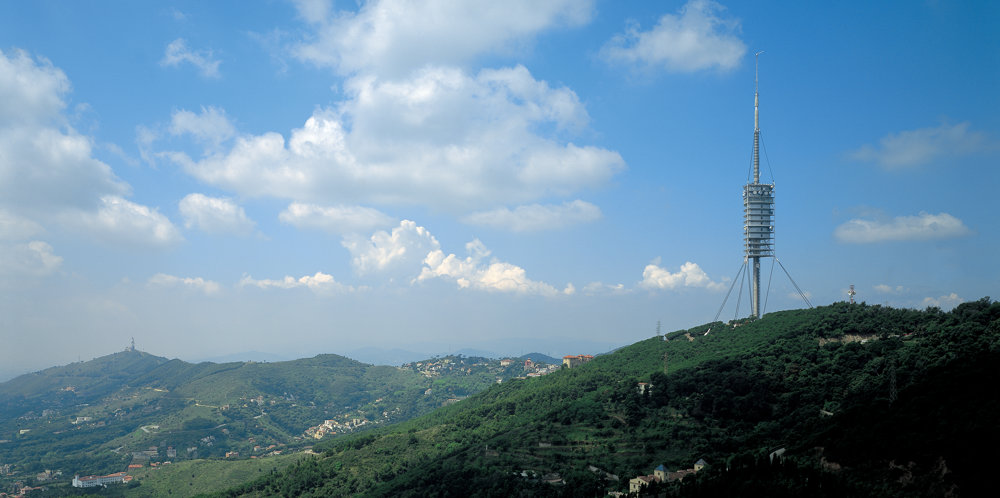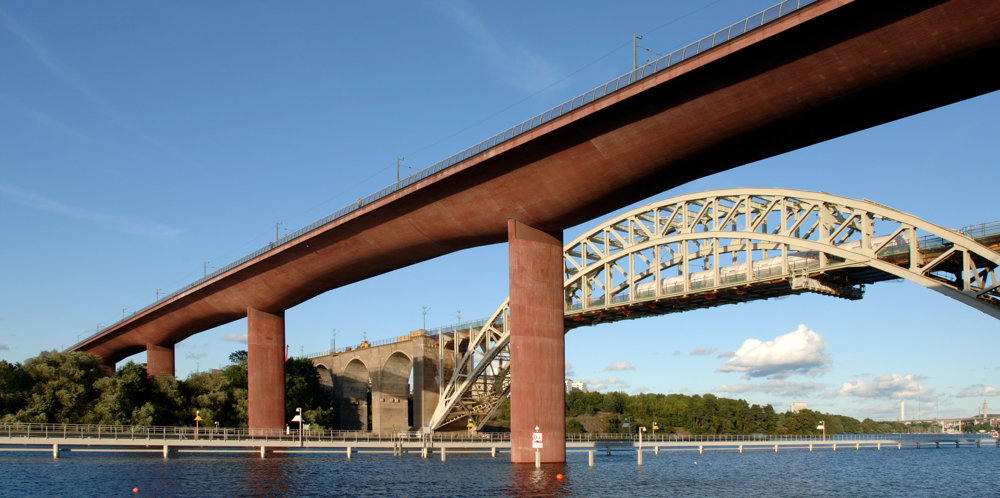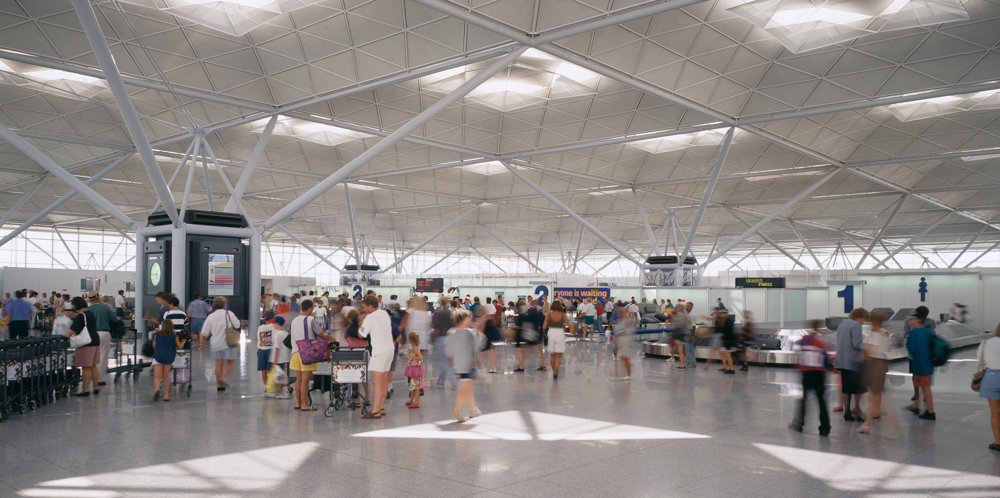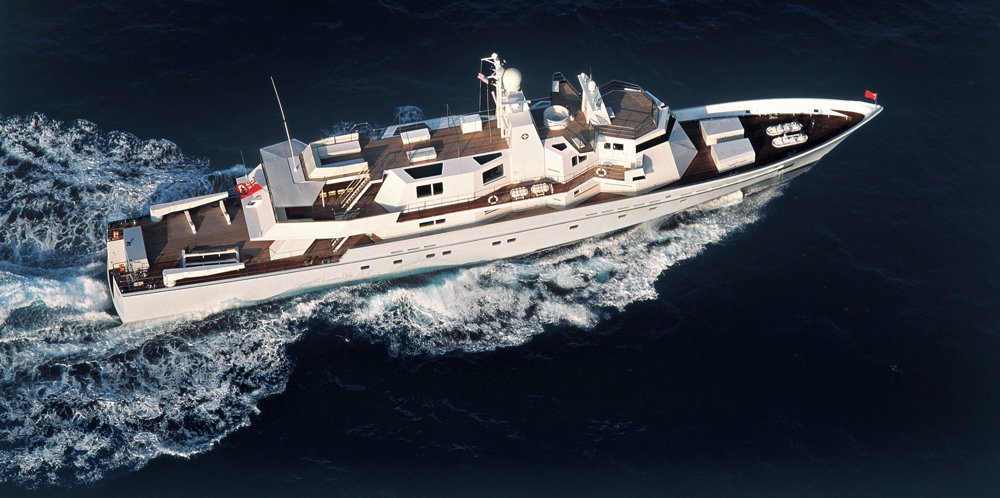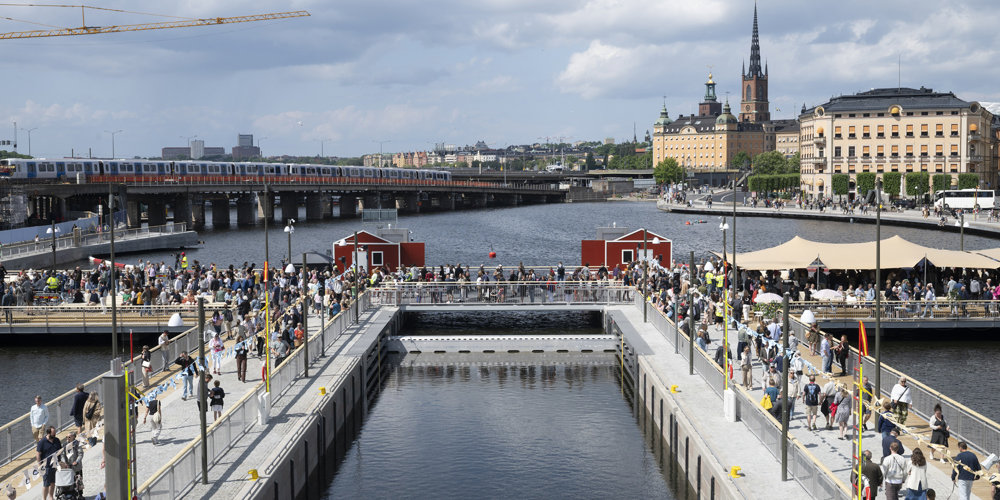Bridges are often considered to belong to the realm of the engineer rather than that of the architect. But the architecture of infrastructure has a powerful impact on the environment and the Millau Viaduct, designed in close collaboration with structural engineers, illustrates how the architect can play an integral role in the design of bridges. It follows the Millennium Bridge over the River Thames in expressing a fascination with the relationship between function, technology and aesthetics in a graceful structural form.
Located in southern France, the bridge completes a hitherto missing link in the A75 autoroute from Clermont-Ferrand to Béziers across the Massif Central. The A75 now provides a direct, high-speed route from Paris to the Mediterranean coast and on to Barcelona. The bridge crosses the River Tarn, which runs through a spectacular gorge between two high plateaux. Interestingly, alternative readings of the topography suggested two possible structural approaches: to celebrate the act of crossing the river; or to articulate the challenge of spanning the 2.46 kilometres from one plateau to the other in the most economical and elegant manner. Although historically the river was the geological generator of the landscape, it is very narrow at this point, and so it was the second reading that suggested the most appropriate structural solution.
A cable-stayed, masted structure, the bridge is delicate, transparent, and has the optimum span between columns. Its construction broke several records: it has the highest pylons in the world, the highest road bridge deck in Europe, and it superceded the Eiffel Tower as the tallest structure in France. Each of its sections spans 342 metres and its piers range in height from 75 metres to 245 metres, with the masts rising a further 87 metres above the road deck. To accommodate the expansion and contraction of the concrete deck, each column splits into two thinner, more flexible columns below the roadway, forming an A-frame above deck level. The tapered form of the columns both expresses their structural loads and minimises their profile in elevation. Not only does this give the bridge a dramatic silhouette, but crucially, it also makes the minimum intervention in the landscape.












